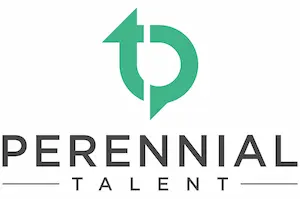Using Competencies as a Succession Planning Tool
Succession planning tools are critical to ensure that your employees develop the skills and abilities required to assume higher-level roles in the future.
Competencies and competency-based tools can be extremely useful for succession planning. Competencies are useful because they clearly describe the key requirements for mission-critical roles. Competency-based tools, such as assessment or development plans, are useful because they can help people identify how they measure up to the requirements for mission-critical roles.
Below we identify three important steps for using competencies as a succession planning tool:
1. Identify mission-critical positions
Identifying the most critical positions within your organization can be a challenge and should take into consideration several factors both internal and external to the organization.
Some internal considerations might include:
- What are the implications of leaving the position unfilled?
- Does the position impact key stakeholders, such as customers or other internal positions?
- Does the position have an impact on the organization’s bottom-line?
- Does the position require unique or complex skills and abilities?
Some external considerations might include:
- What is the external value of this position?
- How critical is the position in other similar companies?
- How much competition is there for qualified candidates in this position?
2. Define the key requirements for mission-critical positions
After mission-critical positions are identified, it is important to define the key requirements for success for these positions, including the required experience/education, knowledge, and competencies. We recommend doing this for all positions within the organization but doing this for mission-critical positions, in particular, will make succession planning initiatives easier and more effective.
3. Assess employees against key requirements
With the key requirements in place for mission-critical positions, employees can be assessed against these requirements. The results of these assessments can be extremely valuable for both the employee and the organization. From the employee’s perspective, the results can help them determine where there are gaps in terms of the requirements for mission-critical roles. Ideally, there should be processes in place to help employees develop in these areas of need, whether it’s a learning and development plan or other allocated learning resources. From the organization’s perspective, the assessment results can be aggregated to identify skills and skill gaps in a department or even across the organization. This allows the organization to get a holistic view of their talent pool and plan accordingly.


